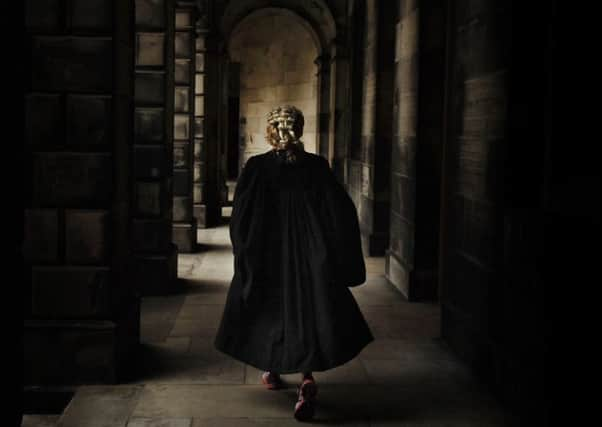Leaders: Legal profession moving in right direction, slowly


At first glance, the latest figures issued by the Law Society for Scotland appear to herald a dramatic shift in the balance between male and female solicitors. It as revealed that, for the first time, more than half of the country’s 11,000 practising solicitors are women.
But the underlying trends are even more intriguing, with nearly two thirds of solicitors entering the profession female, and women representing 64 per cent of solicitors under the age of 40. This is in stark contrast to those over 40, some 60 per cent of which are male.
Advertisement
Hide AdAdvertisement
Hide AdThese figures suggest an era of equality has arrived in a profession that has traditionally been seen as male dominated, particularly in the upper echelons.
The Law Society of Scotland is right to herald an increase in the number of women entering the profession and the crucial role they play in society. Its president, Christine McLintock, says the society has now reached the point where it needs to look at the reasons why more women are choosing to pursue a career in law and why men “appear to be less attracted”.
But as Ms McLintock freely admits, the Scottish legal world has long way to go before anyone can say women and men are treated equally. New research published in the summer by the Law Society revealed a staggering 42 per cent gender pay gap between men and women, which widens markedly among solicitors over the age of 36.
The society compared average full-time and full-time equivalent salaries for women and men at all career stages. It found that women tended to remain associates or assistants rather than be promoted to partner level.
Worse still, the Law Society admitted there had been little improvement over the gender pay gap in the profession in the previous decade, compared to other highly paid professions like dentistry and accountancy.
At the time Janet Hood, convenor of the society’s equality and diversity committee, said the issue was one that the profession could not ignore “for either ethical or business reasons” and that employers had “legal responsibilities” to ensure parity. There has clearly been a major breakthrough in the profession for women to represent a majority of solicitors for the first time – a statistic that may surprise anyone who has not had to seek legal advice for ten years or more.
There is no question this is a welcome development but the key issue is that women are still badly “under-represented” in senior positions in legal firms, by the profession’s own admission. It is certainly a reality check when Ms McLintock admits it will be “many years” before there is “any kind of equality” in terms of women holding senior roles.
However, the Law Society is right to throw down the gauntlet to firms and organisations to take steps to encourage more women to become partners and key decision-makers – or risk seeing rising talent leave to go elsewhere. Ensuring there are flexible working options and policies that allow solicitors to retain a work-life balance would seem to be crucial first steps.
I’m streaming of a White Album
Advertisement
Hide AdAdvertisement
Hide AdThe march of new technology and its impact on the music industry has long felt relentless. Long gone are the days when record shops were one of the main draws on the high street and groups of teenagers could be seen striding along, proudly clutching new purchases. The digital revolution has swept along most of the industry since the 1990s, with labels gradually embracing the world of downloads and streaming, after years battling piracy. Digital revenue overtook sales of physical formats like CDs and vinyl in the UK in 2012, with the global tipping point coming two years later.
Prince, Adele and Taylor Swift have been among the big-hitters to resist the rise of streaming, and take a stance on behalf of their fellow artists. But a host of the world’s best-selling rock bands, including Led Zeppelin, Metallica, Pink Floyd and The Eagles, have all eventually made their music available on multiple streaming services. The two big digital holdouts in the music industry have been heavy metal legends AC/DC and Britain’s biggest ever band, The Beatles. The rock outfit were the first to cave in last summer, when they allowed their cntire catalogue to be made available on streaming services. Now The Beatles have done the same, offering a last-minute Christmas bonus to their fans.
With the number of people paying to stream music having grown by almost half last year, according to figures from the International Federation of the Phonographic Industry, it is not hard to see why The Beatles’ label, Universal, has struck a deal, almost certainly one of the most lucrative ever for the industry.
For any other artist who has been resisting the lure of the digital world it is now, more than ever, a case of when, rather than if.